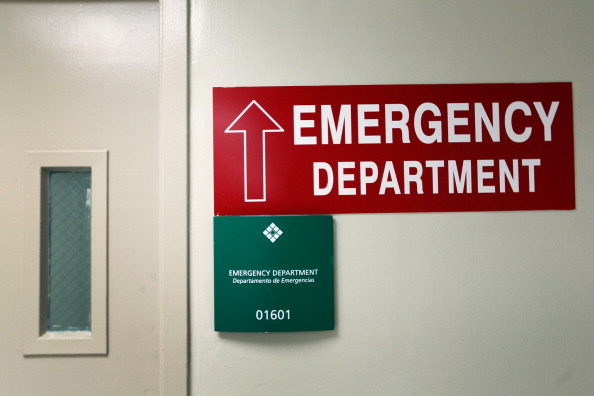
It is bad enough to be sick enough to have to go to the emergency room, but to have to go back for the same problem? A new study has found that repeat visits to the ER, including visits to a different ER, for the same problem are common.
The study looked at records from six states--Arizona, California, Florida, Nebraska, Utah, and Hawaii--and more than 53 million visits to emergency departments between 2006 and 2010 in which the patient was treated and then sent home. The researchers found that about 8% of patients returned to the ER within 3 days of their first visit and that 28% returned within a month. Of the patients who revisited an ER, about 32% went to a different ER. The most common reason for a repeat visit to the ER was for continued treatment for a skin infection.
In Florida, which has complete cost data for ER visits, about 20% of patients returned to the ER within 30 days. The cost of their second visit was 118% of the total costs for first visits for all patients. This is a large healthcare cost that can be reduced if some revisits can be avoided.
Some revisits to the ER are necessary, the authors of the study noted, either because the patient cannot get follow-up care elsewhere or because they don't have a primary care doctor. In some cases, patients have not followed instructions, which lands them back in the ER.
Several healthcare organizations are trying to reduce the number of unnecessary ER revisits. Some hospitals are working to link patients up with primary care providers after they are discharged from the ER. Others are working to improve the electronic health record system so that the patient's primary care physician is informed when a patient has visited the ER and what was done, including test and imaging results.
